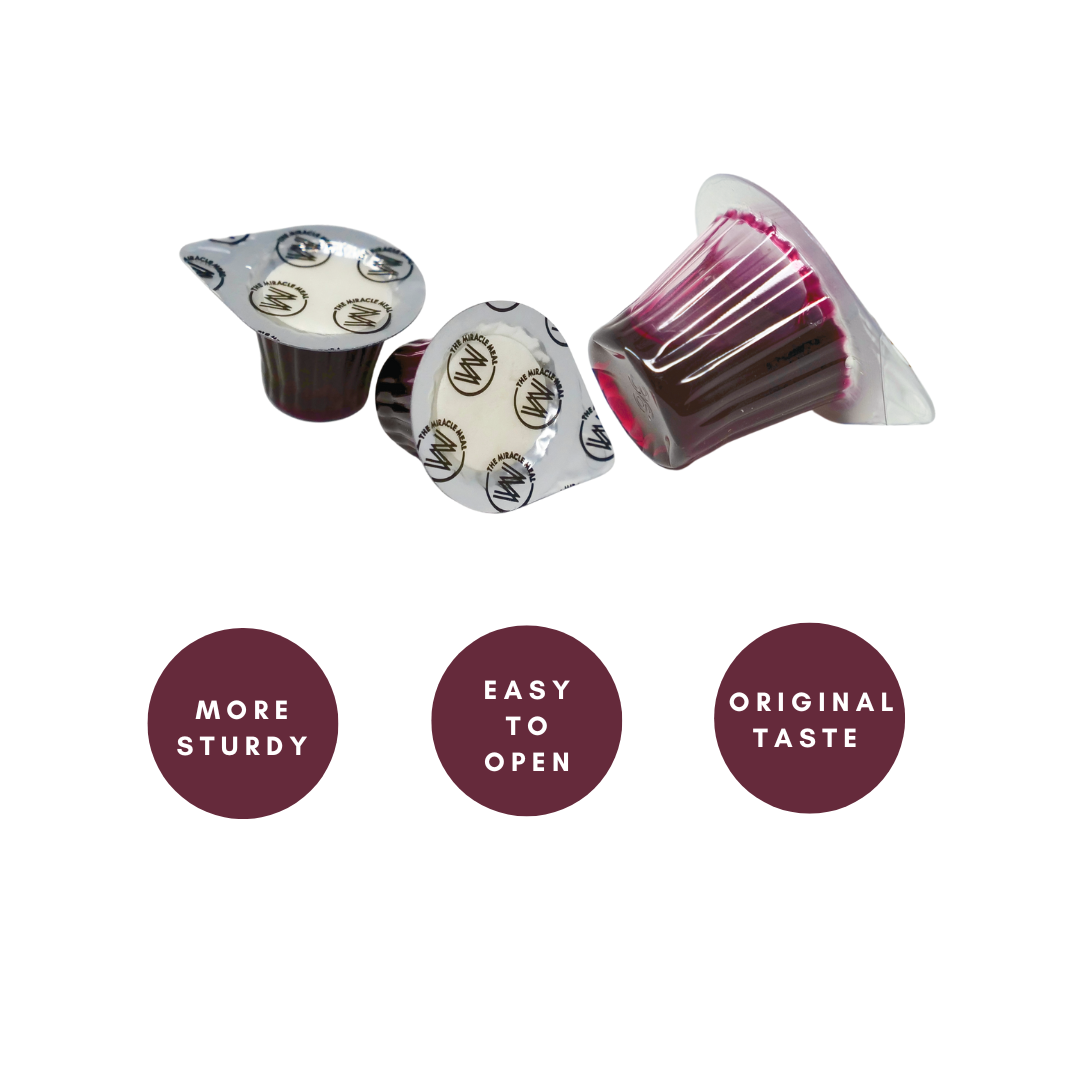Does Everyone Drink From The Same Cup In Communion?
Communion has long been a central practice of Christian worship, connecting believers through the remembrance of Christ’s sacrifice. However, questions often arise about whether the service should include a single chalice for everyone or if multiple alternatives can preserve both unity and reverence.
In the following sections, we’ll explore the historical roots of the shared cup, examine how different churches handle the issue today, and discuss practical factors that influence how congregations celebrate this important sacrament.
Historical Background of a Single Chalice
For centuries, many Christian denominations have held firmly to the idea of using a single cup in Eucharistic celebrations. This unified vessel is seen as a symbol of collective faith, reminding worshippers that they are joined together in Christ’s body. As the congregations partook of the elements, the shared chalice represented a visibly communal act, tying the moment back to the Last Supper described in the Gospels.
Yet this approach has not been without debate. Some believers have wondered whether the entire congregation is truly expected to partake from a single vessel in every setting. In fact, the size of congregations and logistical concerns often led churches to introduce multiple smaller chalices or the practice of intinction, where the bread or wafer is dipped into the wine rather than sipped directly.
Even in our modern era, proponents of one communal cup see it as a powerful reminder of unity. At the same time, cultural shifts and practical considerations have prompted conversations about how best to honor the sacrament’s deep significance while ensuring the comfort and safety of worshippers. This has laid the groundwork for rethinking how churches serve communion across diverse contexts.
Modern Approaches to the Communion Cup
In recent decades, various solutions have emerged to give congregations a choice about how to share the Eucharist. Many churches now use small, individual cups, thus minimizing direct contact and providing a more hygienic approach. This method attempts to preserve the communal nature of the act while addressing the health concerns of modern worshipers.
Alongside these individual cups, prefilled communion sets have become increasingly popular. These are sealed for cleanliness and convenience, requiring no additional preparation. They can typically be stored for up to a year, offering a practical option for large gatherings, special events, or any situation where quick distribution is a priority. By making them silent and easy to open, these sets allow the participants to focus on the sacred moment uninterrupted by rustling or disruptions.
As online and hybrid services become more common, many believers wonder if it’s truly essential that each participant sip from a single chalice, or if other forms can retain the same sacred essence. These adaptations reflect how congregations seek to honor time-honored traditions without compromising safety or the solemn atmosphere of worship. While opinions differ among denominations, most faith communities agree that the heart of communion extends far beyond the vessel itself.
Practical Considerations for Congregations
One of the foremost priorities in any place of worship is ensuring attendees feel both safe and spiritually fulfilled. Many wonder if the entire assembly needs to sip from one cup, or if new alternatives might still convey the same sacred meaning. Traditional methods carry symbolic weight, yet they can also pose health risks or discomfort for those concerned about sharing. As a result, single-serve solutions have gained traction, offering peace of mind while preserving the sacramental essence.
During a service, minimizing distractions is often a key goal. A product such as The Miracle Meal’s single-serve cups addresses this directly through its quiet unsealing mechanism. By featuring a top film for the wafer and a middle foil seal for the juice, these cups help maintain an atmosphere of reverence. The recyclable plastic also aligns with environmental stewardship, reflecting a desire to care for creation alongside caring for fellow worshippers.
Furthermore, pre-packaged sets eliminate the need for labor-intensive setup. This means clergy and volunteers can devote more energy to pastoral care and spiritual guidance. Whether a congregation is large or small, balancing the tangible symbolism of the sacrament with realistic needs remains crucial. Ultimately, every congregation has the flexibility to determine how best to demonstrate faithfulness while confidently welcoming everyone to the communion table.
Conclusion
The essence of this sacred observance lies in remembering Christ’s sacrifice and uniting congregants in shared faith, whether a single chalice or individual cups are used. While many traditions still hold that partaking from one vessel heightens the sense of unity, new methods and tools provide hygienic and practical options for congregations of all sizes. Each church must discern how to blend tradition with the realities of modern worship in a way that truly nurtures its community.
If you’re ready to bring a new level of ease and safety to your gathering, we invite you to explore our selection of prefilled communion cups. Visit our online store today to experience the convenience and reverence offered by The Miracle Meal.




